Hawaii is set to trial an innovative new technology developed in Japan. The technology aims to greatly enhance local, renewable energy generation in the islands, including urban areas. Vertical Coaxial Contra-rotating Twin Blades (VCCT) wind turbines, developed by Kanoa Winds, are designed to generate power efficiently on small footprints, even at low wind speeds of 7 mph.
Collaboration with Hawaii resorts and hotels?
This could get interesting and include promotional packages and eco-friendly initiatives, such as possible visits to new wind power installations. Packages might consist of guided tours, educational materials, and incentives for more eco-friendly practices. It might also help educate guests on how their stay contributes to a greener Hawaii.
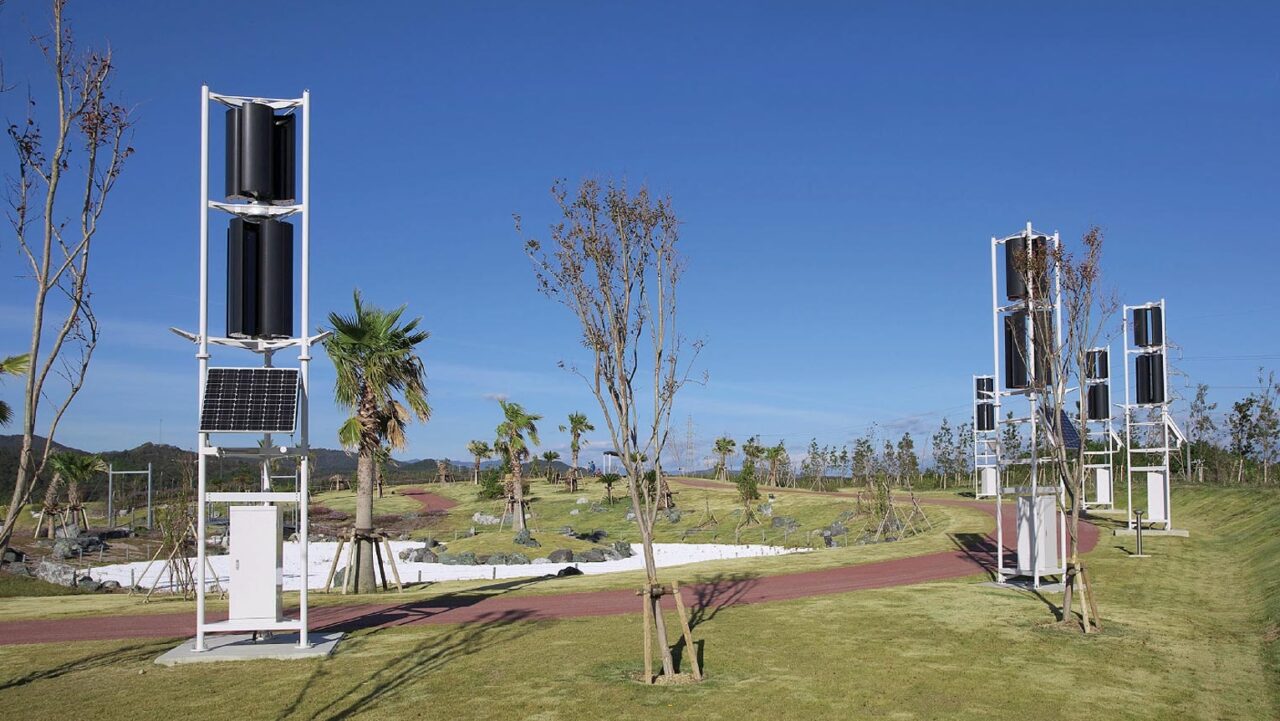

Tie-ins with Hawaii eco-tourism.
Similar to other attractions, future guided tours of Hawaii wind turbine sites are also possible. They could highlight the locations’ innovative technology, environmental benefits, and scenic beauty. Educational programs that focus on Hawaii’s renewable energy journey can be offered through eco-tourism operators.
New Hawaii power technology tests and goals.
The first unit will be installed in Honolulu’s Kakaako Makai as part of a research and demonstration project. The Hawaii Community Development Authority (HCDA) is collaborating with Kanoa Winds to test the feasibility of this technology for Hawaii.
The trial will assess various aspects, including power generation efficiency, equipment load, stability, safety, and environmental impact. These novel compact turbines, already used successfully in Japan, aim to minimize environmental impact and operate quietly, making them suitable even for urban environments.
Craig Nakamoto, HCDA’s Executive Director, expressed excitement about the collaboration, highlighting the potential for these turbines to contribute to Hawaii’s clean energy future. The VCCT turbines’ design minimizes impact on wildlife, including bats and birds. Reports indicate that some birds nest safely within the turbines in Japan, and the Japan Falconiformes Center endorses them for their safety and reliability.
Key Points in Hawaii Wind Power Feasibility.
Historical development.
Research into Hawaii’s wind power potential began in the 1980s with turbine installations on Maui and the Big Island. However, these early installations were decommissioned years ago due to various operational challenges.
Current Hawaii wind generation.
Presently, Hawaii hosts several wind farms, including the well-known turbines visible on the West Maui Mountains approaching Kahului Airport. These farms contribute significantly to the state’s renewable energy portfolio by harnessing the strong winds in the region, as visitors note during an often bumpy and windy approach to the Maui airport.
West Maui’s Kaheawa Wind Power has been running since 2006. It comprises 34 turbines across two phases, located on the mountain at between 1,800 and 2,700 feet elevation. These turbines capture the area’s significant winds, generating over 50 MW of energy, sufficient to power about 25,000 homes annually. This highly visible operation makes up about 10-15% of Maui’s electricity supply, making it a notable start in the island’s future energy plans.
The plant is recognized as being the first in the U.S. to implement a conservation plan aimed at protecting wildlife, such as the endangered Hawaiian goose, petrel, shearwater, and the native Hawaiian hoary bat.
Next generation floating Honolulu wind power?
The National Renewable Energy Laboratory (NREL) has investigated the feasibility and cost of floating offshore wind energy near Honolulu. Studies explore factors such as wind speed, grid connection, and economic viability, highlighting large-scale wind power deployment’s potential benefits and challenges.
Integration of latest technologies.
The trial of Kanoa Winds’ VCCT turbines represents a new phase in the state’s wind energy development. These low wind speed power generating turbines are suited to changeable wind conditions across the islands. The trial will evaluate the turbines’ performance, environmental impact, and potential for broader deployment in Hawaii.
What’s your thought on the latest wind power for Hawaii?
Get Breaking Hawaii Travel News

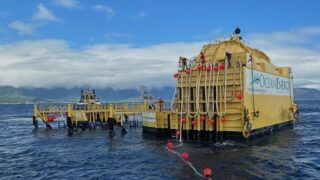
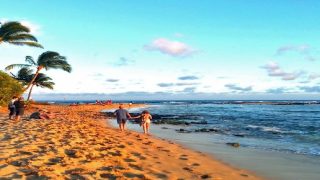
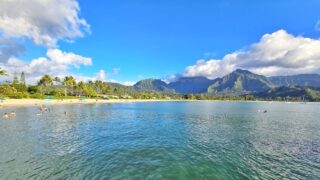

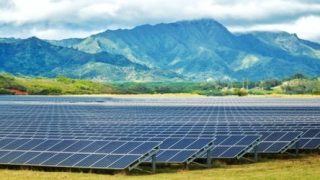
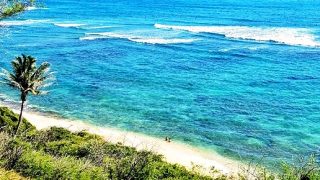
I have tried (& failed) for years to get solar / wind power on my residential condo roof. The Honolulu DPP just does not care.
Lots of talk, but no action.
If this “Japanese” technology from a Delaware corp pushed by HCDA gets permitted – that would be great!
There are 1,000 condos and dozens of hotels on Oahu waiting.
They ought to test them on top of a selection of Waikiki hotels.